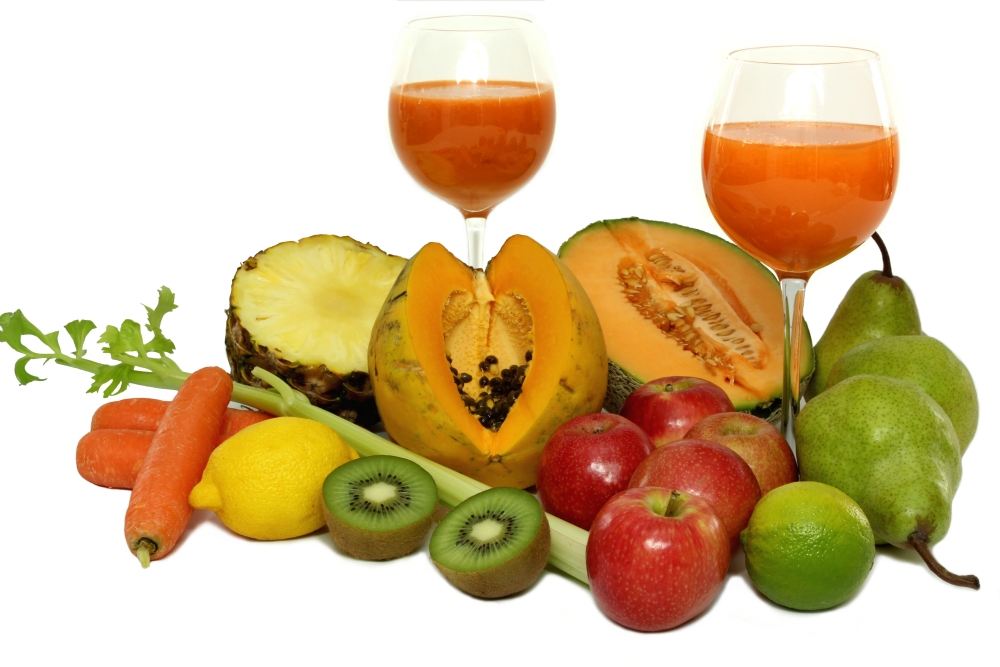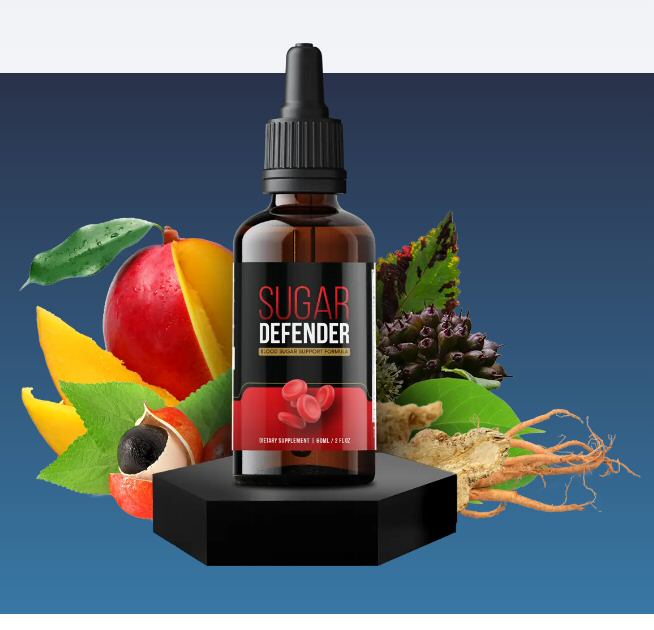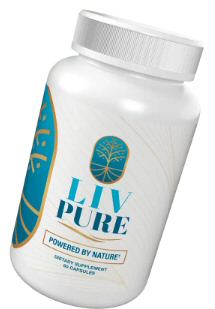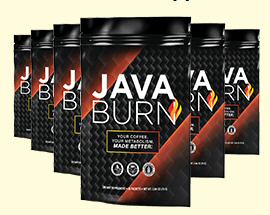Introduction:
Did you know that a healthy diet can reduce your risk of chronic diseases by up to 80%? That’s right! What we put on our plates has a profound impact on our health and longevity. In this guide, we’ll explore the ins and outs of a healthy diet, giving you the tools you need to make informed choices about your nutrition. Get ready to transform your eating habits and supercharge your health

Outline:
Discover the essential components of a healthy diet. Learn how to balance nutrients, choose the right foods, and improve your overall well-being with our comprehensive guide
The following is a summary of what you will find in this guide:
Understanding the Basics of a Healthy Diet
- Definition of a healthy diet
- Importance of balanced nutrition
- Key nutrients and their roles
The Five Food Groups: Building Blocks of a Healthy Diet
Fruits and Vegetables
- Recommended daily intake
- Benefits of consuming a variety of colors
- Tips for incorporating more produce into your meals
Whole Grains
- Importance of fiber and complex carbohydrates
- Examples of whole grain foods
- How to choose whole grain products
Lean Proteins
- Plant-based and animal-based protein sources
- Recommended portion sizes
- Benefits of protein for muscle health and satiety
Dairy and Alternatives
- Calcium-rich options for bone health
- Choosing low-fat or plant-based alternatives
- Importance of vitamin D
Healthy Fats
- Distinguishing between good and bad fats
- Sources of omega-3 fatty acids
- Proper portion control for fats
Creating a Balanced Plate
- The plate method for portioning meals
- Combining food groups for optimal nutrition
- Sample meal ideas for breakfast, lunch, and dinner
Hydration: The Often Overlooked Component
- Importance of proper hydration
- Recommended daily water intake
- Healthy beverage choices
Foods to Limit in a Healthy Diet
- Processed and ultra-processed foods
- Added sugars and artificial sweeteners
- Excessive sodium and saturated fats
Meal Planning and Preparation
- Benefits of meal planning for a healthy diet
- Tips for grocery shopping on a budget
- Batch cooking and meal prep strategies
Special Dietary Considerations
- Vegetarian and vegan diets
- Gluten-free and allergen-free options
- Age-specific nutritional needs
The Role of Supplements in a Healthy Diet
- When supplements may be necessary
- Common nutritional deficiencies
- Consulting with a healthcare professional
Sources:
https://www.who.int/news-room/fact-sheets/detail/healthy-diet
https://calo.app/blog/healthy-eating
https://www.helpguide.org/wellness/nutrition/healthy-diet
Why Bother with a Healthy Diet?
Let’s kick things off with a mind-blowing fact: a healthy diet can reduce your risk of chronic diseases by up to 80%! That’s right, folks – what you put on your plate has more power than a caped crusader when it comes to fighting off the villains of poor health. So, let’s roll up our sleeves and get ready to transform your eating habits faster than you can say “kale smoothie”!
The Basics: What Makes a Diet Healthy?
Before we dive into the nitty-gritty, let’s break down what a healthy diet actually means. It’s not about subsisting on rabbit food or saying goodbye to all your favorite treats. Nope, it’s all about balance, variety, and making friends with nutrients that’ll make your body do a happy dance.
A healthy diet includes:
- Fruits and veggies (nature’s candy!)
- Whole grains (the cool kids of the carb world)
- Lean proteins (muscle-building superheroes)
- Healthy fats (yes, some fats are your friends!)
- Dairy or fortified alternatives (got milk… or almond milk?)
The World Health Organization (WHO) recommends at least 400g (that’s about five portions) of fruits and vegetables per day. Think of it as your daily dose of nature’s multivitamins!
The Fantastic Five: Food Groups That’ll Rock Your World
1. Fruits and Veggies: The Colorful Crusaders
Remember when your mom told you to eat your veggies? Well, she was onto something! Fruits and vegetables are packed with vitamins, minerals, and fiber that’ll make your body sing. Here’s how to get more of these nutrient powerhouses into your life:
- Snack attack: Keep cut-up veggies and fruits in your fridge for easy snacking. Carrot sticks and hummus, anyone?
- Smoothie operator: Blend up a storm with a mix of fruits and leafy greens. It’s like drinking a rainbow!
- Veggie ninja: Sneak vegetables into your favorite dishes. Grated zucchini in meatballs? They’ll never know!
Pro tip: Aim for a variety of colors on your plate. It’s not just pretty – different colors mean different nutrients!
2. Whole Grains: The Fiber-filled Fighters
Whole grains are the unsung heroes of the food world. They’re packed with fiber, which is great for your digestion and helps you feel full longer. Plus, they’re loaded with B vitamins to keep your energy levels up. Here’s how to grain the system:
- Swap it out: Trade white bread for whole grain varieties. Your taste buds (and your gut) will thank you!
- Quinoa quest: Experiment with different whole grains like quinoa, barley, or bulgur. They’re like little flavor sponges in your dishes!
- Oatmeal upgrade: Start your day with a bowl of oatmeal topped with fruits and nuts. It’s like a warm hug for your insides!
3. Lean Proteins: The Muscle-Building Marvels
Proteins are the building blocks of life, and they’re essential for maintaining and repairing your body. But not all proteins are created equal! Here’s how to protein like a pro:
- Plant power: Don’t forget about plant-based proteins like beans, lentils, and tofu. They’re not just for vegetarians!
- Fish tales: Fatty fish like salmon and mackerel are packed with heart-healthy omega-3s. It’s like a two-for-one deal!
- Eggcellent choice: Eggs are a versatile and affordable protein source. Boil ’em, fry ’em, or whip ’em into an omelet!
4. Dairy and Alternatives: The Calcium Crusaders
Whether you’re team dairy or team plant-based, this group is crucial for strong bones and teeth. Here’s how to get your calcium fix:
- Yogurt yumminess: Greek yogurt is a protein powerhouse and great for your gut health. Top it with fruits and nuts for a perfect breakfast or snack!
- Milk mania: If dairy isn’t your thing, try fortified plant-based milks like almond, soy, or oat milk. They’re just as calcium-rich!
- Cheese please: A little bit of cheese goes a long way. Sprinkle some feta on your salad or add a slice of cheddar to your sandwich for a flavor boost!
5. Healthy Fats: The Misunderstood Heroes
Fat isn’t the enemy, folks! In fact, your body needs certain fats to function properly. The key is choosing the right kinds of fats. Here’s the skinny on fats:
- Avocado adoration: Spread some avocado on your toast or add it to your salad. It’s like nature’s butter!
- Nuts about nuts: A handful of nuts makes for a satisfying snack and provides heart-healthy fats.
- Olive oil obsession: Use olive oil in your cooking or as a salad dressing. It’s the Mediterranean secret to longevity!

Creating a Balanced Plate: The Art of Portion Control
Now that we know what to eat, let’s talk about how much to eat. The key to a healthy diet is balance and moderation. Here’s a simple way to create a balanced plate:
- Fill half your plate with fruits and vegetables
- Add a quarter plate of whole grains
- Include a quarter plate of lean protein
- Don’t forget a small serving of healthy fats
Voila! You’ve got yourself a perfectly balanced meal. It’s like being the conductor of your own nutritional orchestra!
Hydration Station: Don’t Forget to Drink Up!
We can’t talk about a healthy diet without mentioning the importance of staying hydrated. Water is the unsung hero of nutrition, playing a crucial role in almost every bodily function. Here’s how to keep your hydration game strong:
- Aim for at least 8 glasses of water a day
- Jazz up your water with slices of lemon, cucumber, or berries
- Herbal teas count towards your daily fluid intake
- Remember, if you’re thirsty, you’re already slightly dehydrated!
The Naughty List: Foods to Limit
Now, we’re not about total deprivation here, but there are some foods that should make fewer appearances in your diet:
- Processed foods: If it comes in a box and has a list of ingredients you can’t pronounce, it’s probably best to limit it.
- Added sugars: Watch out for sneaky sugars in sauces, dressings, and even “healthy” snacks.
- Excessive sodium: Too much salt can lead to high blood pressure. Spice things up with herbs and spices instead!
- Trans fats: These artificial fats are bad news for your heart. Check labels and avoid anything with “partially hydrogenated oils.”
Remember, it’s all about moderation. A cookie now and then won’t derail your healthy diet – just don’t make it a daily habit!

Meal Planning: Your Secret Weapon for Healthy Eating
One of the best ways to stick to a healthy diet is to plan your meals in advance. It’s like being your own personal chef! Here are some tips to get you started:
- Set aside time each week to plan your meals
- Make a grocery list based on your meal plan
- Prep ingredients in advance for quick and easy cooking
- Cook in batches and freeze portions for busy days
Meal planning not only helps you eat healthier, but it can also save you time and money. It’s a win-win-win situation!
Special Diets: One Size Doesn’t Fit All
Everyone’s nutritional needs are different, and there’s no one-size-fits-all approach to healthy eating. Here are a few popular dietary approaches:
- Vegetarian and vegan diets: Plant-based diets can be very healthy, but make sure you’re getting all your essential nutrients, especially vitamin B12 and iron.
- Gluten-free diets: Necessary for those with celiac disease or gluten sensitivity, but not inherently healthier for everyone else.
- Mediterranean diet: Emphasizes fruits, vegetables, whole grains, and healthy fats like olive oil. It’s associated with numerous health benefits.
- DASH diet: Designed to help lower blood pressure, this diet is rich in fruits, vegetables, whole grains, and low-fat dairy.
Remember, the best diet is one that you can stick to long-term and that makes you feel good!
Do you have a blood sugar problem?
I have found the most amazing, totally natural blood sugar support supplement that you really need to try. Just try it once and see if it works for you. Click the image below:
The Role of Supplements: To Take or Not to Take?
While a balanced diet should provide most of the nutrients you need, sometimes supplements can be helpful. Here’s the lowdown:
- Vitamin D: If you don’t get much sun exposure, you might need a vitamin D supplement.
- Omega-3s: If you don’t eat fatty fish regularly, an omega-3 supplement might be beneficial.
- B12: Vegetarians and vegans may need to supplement with B12.
- Iron: Women of childbearing age and vegetarians might need extra iron.
Always consult with a healthcare professional before starting any new supplement regimen. They’re not a substitute for a healthy diet!
Get rid of stubborn belly fat
If you are struggling to get rid of stubborn belly fat, your problem might be a low efficiency liver. Click the image below to find out about this magnificent, scientifically-proven product that will help increase you liver function and decrease that stubborn belly fat.
The Psychology of Healthy Eating: Mind Over Munchies
Healthy eating isn’t just about what you eat – it’s also about how you eat. Here are some psychological tips for developing a healthy relationship with food:
- Practice mindful eating: Pay attention to your food, eat slowly, and savor each bite.
- Listen to your body: Eat when you’re hungry, stop when you’re full.
- Don’t label foods as “good” or “bad”: All foods can fit into a healthy diet in moderation.
- Avoid emotional eating: Find non-food ways to cope with stress and emotions.
Remember, a healthy diet is about nourishing your body and mind, not punishing yourself or following strict rules.
Cooking at Home: Your Kitchen, Your Rules
One of the best ways to ensure you’re eating a healthy diet is to cook more meals at home. Here’s why:
- You control the ingredients: No hidden sugars or excessive salt here!
- It’s often cheaper: Home-cooked meals are usually more budget-friendly than eating out.
- It can be a fun activity: Get the family involved and make cooking a social event.
- You learn valuable skills: Cooking is a life skill that will serve you well.
Don’t worry if you’re not a master chef – start with simple recipes and build your skills over time. Before you know it, you’ll be whipping up healthy meals like a pro!
The Environmental Impact of Your Diet
Did you know that your food choices can impact the environment? Here are some eco-friendly eating tips:
- Eat more plant-based meals: Plant foods generally have a lower environmental impact than animal products.
- Choose sustainable seafood: Look for certifications like MSC (Marine Stewardship Council) when buying fish.
- Reduce food waste: Plan your meals, use leftovers creatively, and compost when possible.
- Buy local and seasonal: Support local farmers and reduce the carbon footprint of your food.
Remember, every bite counts – not just for your health, but for the planet too!
Healthy Eating on a Budget: Nutrition Doesn’t Have to Break the Bank
Eating healthy doesn’t have to cost a fortune. Here are some budget-friendly tips:
- Buy frozen fruits and vegetables: They’re just as nutritious as fresh and last longer.
- Choose cheaper protein sources: Beans, lentils, and eggs are nutritious and affordable.
- Buy in bulk: Stock up on non-perishable items when they’re on sale.
- Plan your meals: This helps reduce food waste and unnecessary purchases.
With a little planning and creativity, you can eat like a nutrition king or queen on a pauper’s budget!
The Social Aspect of Healthy Eating: It’s a Team Sport!
Healthy eating doesn’t mean you have to become a social hermit. Here’s how to maintain your healthy habits while still enjoying a vibrant social life:
- Suggest healthy restaurants when eating out with friends
- Offer to bring a healthy dish to potlucks
- Plan active social activities like hiking or cooking classes
- Don’t be afraid to share your health goals with friends and family – they might even join you!
Remember, a healthy lifestyle is more fun when shared with others!
Conclusion: Your Journey to a Healthier You Starts Now!
Congratulations! You’ve made it to the end of our ultimate guide to healthy eating. Remember, adopting a healthy diet isn’t about perfection – it’s about making small, sustainable changes that add up to big results over time.
Here’s your action plan:
- Start by making one small change this week. Maybe swap your afternoon cookie for a piece of fruit.
- Plan your meals for the upcoming week.
- Try a new healthy recipe.
- Share what you’ve learned with a friend or family member.
Remember, every healthy choice you make is a step towards a healthier, happier you. So go forth and conquer, nutrition warriors! Your body (and taste buds) will thank you.
Now, who’s ready for a kale smoothie? Just kidding… unless you’re into that sort of thing!
Give your workout a massive energy boost with Java Burn.
If you want to get a head start on your workout and health program, click the image below to find out about the most amazing health food products that will give you more energy for that huge workout and help you get the body you want:





